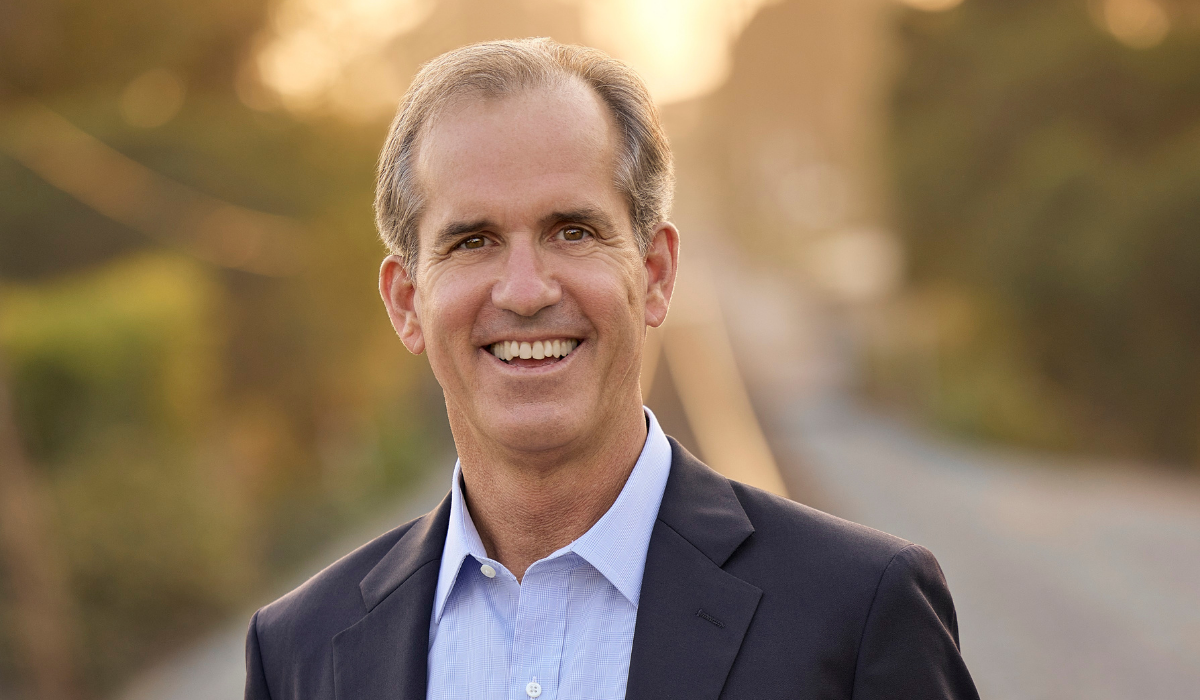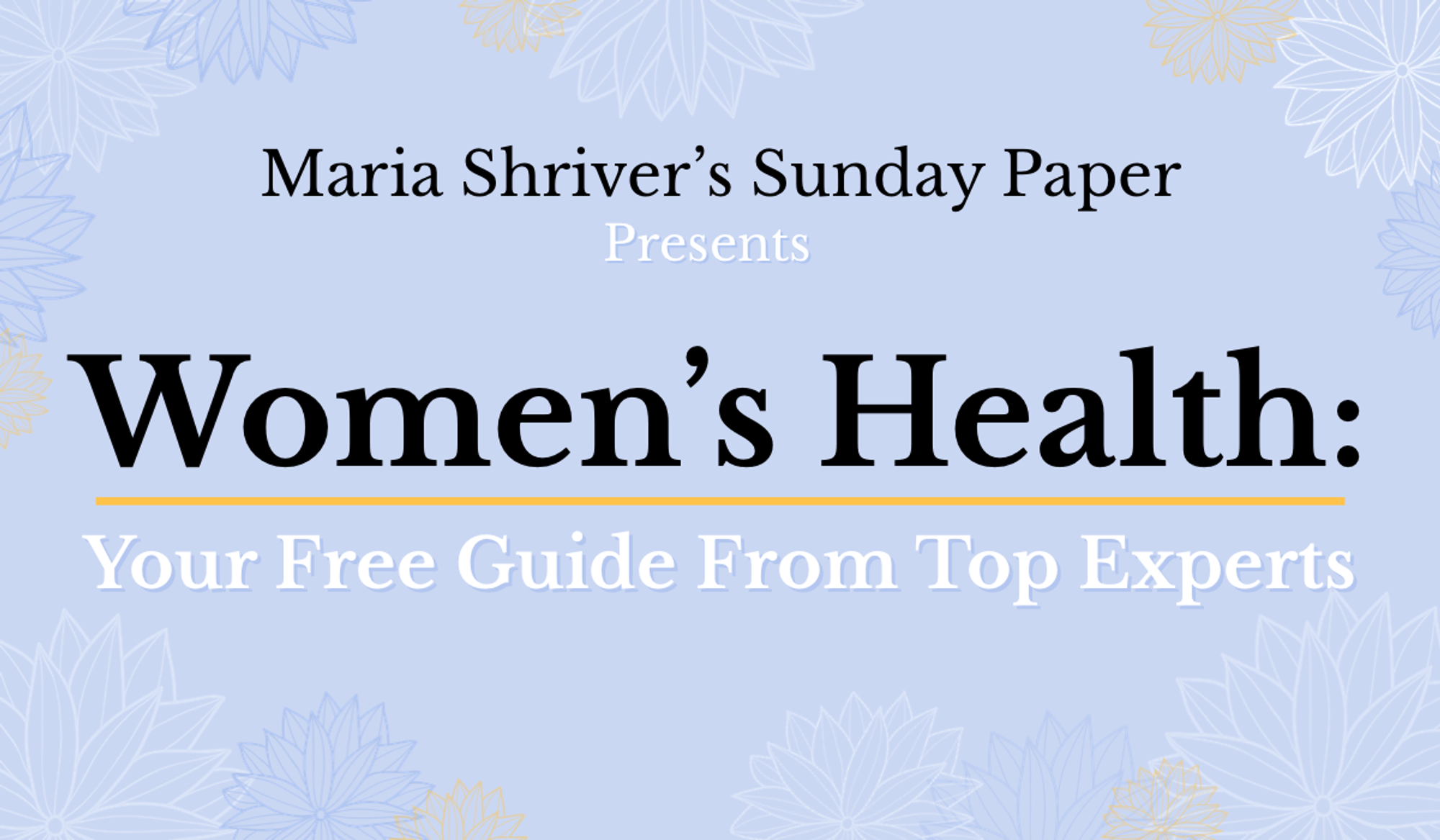Grieving the Loss of a Loved One? Here's What Dying Can Teach Us about Living Better
We are a nation living with grief; more than one in 500 Americans has died due to COVID-19, creating ripples of bereavement and loss. Death is also finding us sooner: In 2021, U.S. life expectancy fell to its lowest levels in nearly 20 years and experienced the biggest single year drop since the worst days of World War II. Not only are we unable to outrun death, we cannot even keep it at bay.
But, if death is going to be our companion, what if we could reimagine ultimate loss? Does grief have to hurt so much and last for so long?
I humbly submit that the answer is no. For more than 10 years, I have explored the end of life, as both a practicing clinical therapist and as a researcher, focusing on the family, friends, and loved ones who are left behind. After nearly one thousand case studies, thousands of hours of interviews, and collecting and quantifying data, one theme has emerged: Repeated examples of a connection felt by the living person to the deceased at or around the moment of death, which fundamentally changes their understanding of death and dying.
Significantly, these are not near-death experiences, where a person has a life-threatening medical emergency and is clinically dead. The people I speak with are healthy and very much alive. These moments are identified as 'shared death experiences,” and what they tell us is that none of us is leaving this earth alone.
Most people who speak about their shared death experience begin the same way, apologizing and suggesting that something is wrong with them. By the time they finish, they are grateful to be believed and to be heard. I understand that. When I began these discussions, I was skeptical too. What changed my mind was the sheer number of people, with no connection to each other, who reported similar experiences.
A woman in West Virginia and a woman in Australia with deeply similar experiences around the loss of a baby; a grown daughter in California and a grown daughter in Pennsylvania and the loss of their mothers; a woman in Alabama who lost her mother-in-law and a man in Spain who lost his mother. None had met, yet each spoke a common language. A significant number were not present with their dying loved one. Instead, they felt the dying person come to them, and only later learned that they had passed.
What each person described is a glimpse of the passage into the afterlife. Eight in 10 Americans believe in some form of afterlife, ranging from the conception of a transcendent soul to a full image of another realm. The shared death experience tells us that there is a powerful foundation for that belief…with profound implications for both how we die and how we live.
In half of the shared death cases that we have documented, the living person experiences a clear vision of the dying person. Ida, a government worker in Norway whose mother was in hospice dying from abdominal cancer, explained how a bright light roused her from her sleep: 'I could feel that my mother was close. I thought, ‘She's coming to say goodbye.'” Ida recalls glimpsing her mother and then floating up with her, toward this harmonious realm of light. The next morning, she received a call from the hospice that her mother had died. When Ida asked what time, the answer was midnight. Ida added, 'It was exactly the same time that I had looked at the clock. She had died at that exact moment when she came to me. It was the proof I needed.”
Alison, who lives in California, recounted how she was shopping for clothes when suddenly 'very vivid images of my good friend Wendy came to me.” Wendy had been struggling with a serious illness, and in that moment, Alison was flooded with the sensation of Wendy not as her adult self, but as a vibrant teenager 'and utterly free. It was joyful for her. It was such a relief.” For nearly forty-five minutes, Alison was 'overwhelmed” with loving thoughts of Wendy. Then her cell phone rang and, 'I knew what was coming next.”
But equally profound was how their connection with the dying changed both women's subsequent grief. Even though Alison later experienced sadness from the loss, 'there was no sadness in that moment,” only what she describes as a powerful feeling of 'love.” Ida had an even more transformative experience. 'My life changed from that episode,” she told me. She experienced the sensation that her mother was being taken care of, that 'she was in good hands.” Ida added that she is 'no longer scared of dying.”
Again and again, I found that this moment of shared connection at death truly transformed these experiencers' lives for the better, often in unexpected ways. These shared death moments provided insight, provided closure, and made end-of-life decisions easier. They eased grief. And they offered healing.
Gail was sitting in a Florida hospital room eating grilled cheese sandwiches with her father when he experienced a medical crisis. A nurse ushered her to an alcove. She recalled sitting down and 'then, quite unexpectedly, I was actually in two places at once. I was sitting in that little hospital waiting room, but I was also outside on this incredibly beautiful day. There was a breeze, a country lane, and even birds singing! I didn't see anyone, but I knew I wasn't alone…I had this feeling that I was on a journey, and I was escorting someone somewhere. And it didn't matter where the journey ended because it was such a beautiful day.” Ultimately, in those moments, she realized that she was accompanying her father part-way on his journey from this world. When a doctor arrived to tell her that her father was dead, she responded, 'It's okay.” And she realized that it truly was. Even better, this experience is durable. Gail added, 'I can't remember exactly what I did last week. But I can remember every minute of that experience. It's just so perfect a memory that it doesn't fade.”
In hospitals and hospices, shared death experiences are an open secret, particularly among nurses and palliative care workers. They know when patients speak of seeing departed family, friends, and even pets who are coming to accompany them that the end is near…and that these visions are a comfort. And yet, much of our medical establishment often prefers to avoid death, deploying phrases like 'miracle cures” and 'one-in-a-million chances” and making discussions of the end-of-life taboo. We also shy away from addressing the deeper, existential questions that arise around terminal diagnoses, including 'What will happen to me or my loved one after death?”
But this reticence is a recent phenomenon. For thousands of years, rituals, visual art forms, and stories from cultures across the globe have explicitly depicted the passage from this earthly life to an afterlife. Think of Ancient Egypt's seven gates, Ancient Greece's River Styx, and Mesoamerican funeral masks of the half living and half skeletal. As late as the 1918 flu pandemic, parlors were used to display the dead, renaming them 'living rooms” is 1920s invention. Our official 'disbelief” in an afterlife is far more recent than our belief.
The overwhelming message of shared death experiencers is that we can do better with our approach to death and grief. We need not be commanded to 'let go” or 'move on” after someone we care about has left this earth. We can accept mystery and possibility.
Here, the most eloquent words regarding this process come from the experiencers themselves. As one of our interview subjects, Yvonne, told me, shared death experiences 'can help people with their grieving process.” Their loved one, she explained, 'is not just ashes in the ground.” Rather, 'their spirit lives on,” and the living person has 'felt or seen that.” A woman named Lynn who had a shared death experience with her husband added poetically, 'your hearts will always be joined.”
Joined hearts to help ease our broken ones. That understanding would provide much to comfort both those leaving and those of us who remain behind.
Please note that we may receive affiliate commissions from the sales of linked products.




